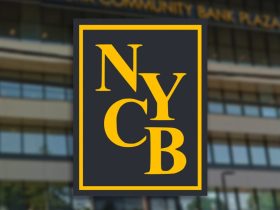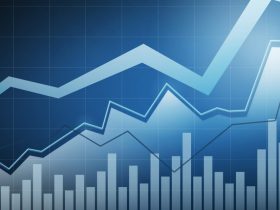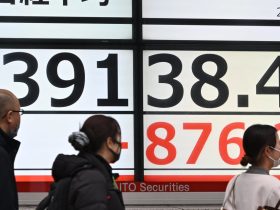After a decade of near-zero interest rates, investors no longer need to look far when hunting for yield. And bonds aren’t the only game in town.
John Rekenthaler, director of research for Morningstar Research Services, points out that investors have piled into intermediate- and long-term bond funds despite their feeble returns.
“Intermediate-term funds are in the red over the trailing one-, two-, and three-year periods, and are barely positive for the year to date,” he said in a note. “Long funds have fared even worse, being down in 2023 as well.”
That raises the question: What is better than bonds, and where else can investors find robust returns?
“We’ve moved from an environment where income and yield was scarce, to now where it’s far more bountiful, and therefore investors don’t have to make a lot of risky choices to capture income,” said Michael Arone, chief investment strategist at
State Street
Global Advisors.
High on the shopping list: preferred stocks, which combine elements of stocks and bonds in one investment.
“Preferreds continue to be an attractive space for investors who are trying to toe the line between bondlike features, which is stable, fixed dividend payments, and equity-like appreciation,” he said. “Preferreds do a good job of balancing those two items.”
Treasury bills are still paying above 5%, but with a preferred stock, investors get an investment-grade security that yields 6.5%—so solid income—without taking on too much credit risk, said Arone. “To us, that’s a very attractive proposition in today’s market.”
State Street’s offering is the exchange-traded fund
SPDR ICE Preferred Securities ETF
(ticker: PSK), which yields 6.56%.
Short-term T-bills are still attractive—the key is to hold the bills to maturity, rather than trying to bet on the direction of rates over the long term. The
SPDR Bloomberg 1-3 Month T-Bill ETF
(BIL) yields 4.1%.
ETFs that focus on dividend-paying stocks offer another avenue for income. Here investors can look for ETFs that invest in so-called dividend aristocrats, or companies in the
S&P 500
index that have a history of increasing dividends for 25 consecutive years or more.
Among the ETFs that invest in such stocks is
ProShares S&P 500 Dividend Aristocrats ETF
(NOBL), an $11.65 billion fund that tracks the S&P 500 Dividend Aristocrat Index. The yield is 1.95% and year to date total return is 4.43%.
The yield on dividend stocks may not appear compelling at first blush, but there’s a long-term reason to consider adding them to your portfolio. “This is stock investing, not bonds, and therefore you get the opportunity for price appreciation,” Arone said. “And companies that exhibit these characteristics reward investors over the long term with outsize returns or better returns than bonds.”
Investors who are expecting a slowdown in the economy and a possible recession should have high-quality companies in their stock portfolio and dividend growers tend to be those high-quality companies, he added.
This year investors have flocked to money-market funds—mutual funds that invest in cash and low-risk securities. One advantage of these cash-like instruments is that it is easy to move money into them from mainstream brokerage accounts.
Keep an eye on fees when shopping around. The popular Fidelity Money Market Fund (SPRXX), with a yield of 5.04%, has an expense ratio of 0.42%, while the Vanguard Federal Money Market Fund (VMFXX), yielding 5.27%, only charges 0.11%.
One caveat: Arone said investors should understand the liquidity, interest-rate risk, credit risk, and potential volatility associated with money-market funds. “Historically when investors have gotten themselves in trouble is when the yields are really juicy and attractive.,” he cautioned.
Write to Lauren Foster at [email protected]
Read the full article here













Leave a Reply